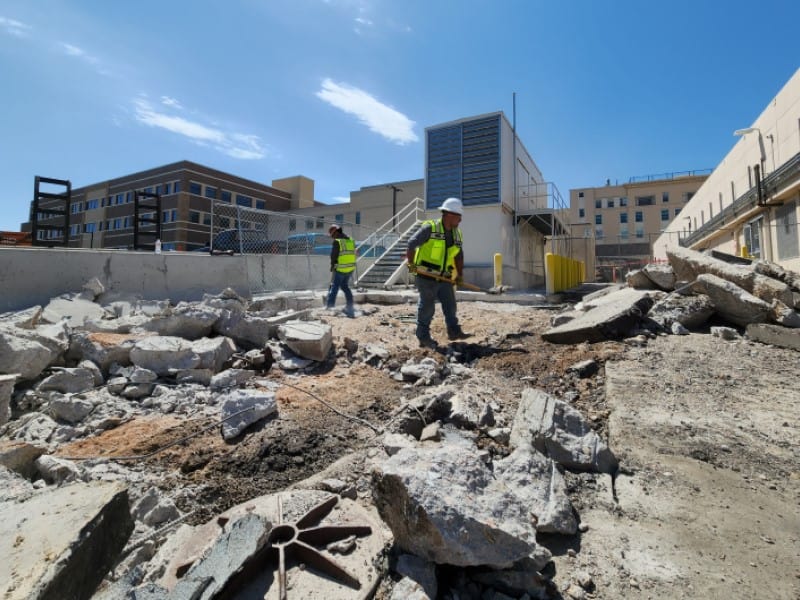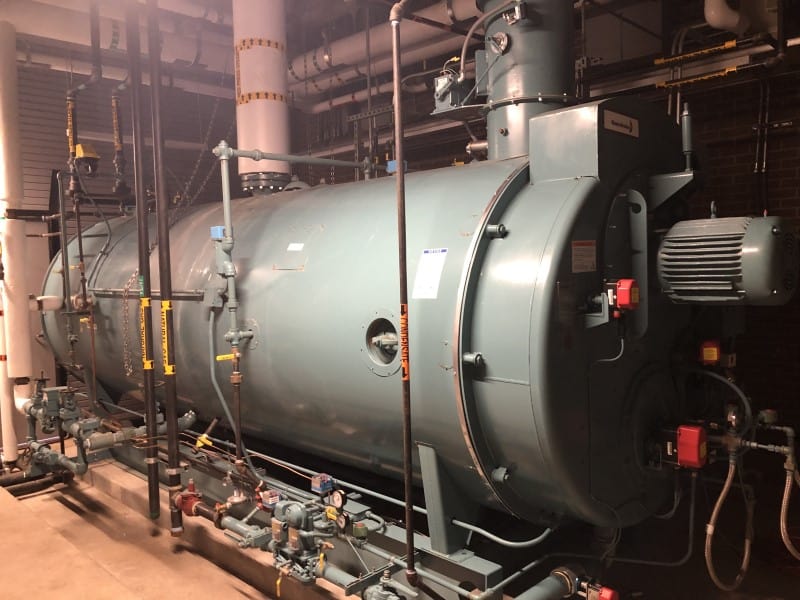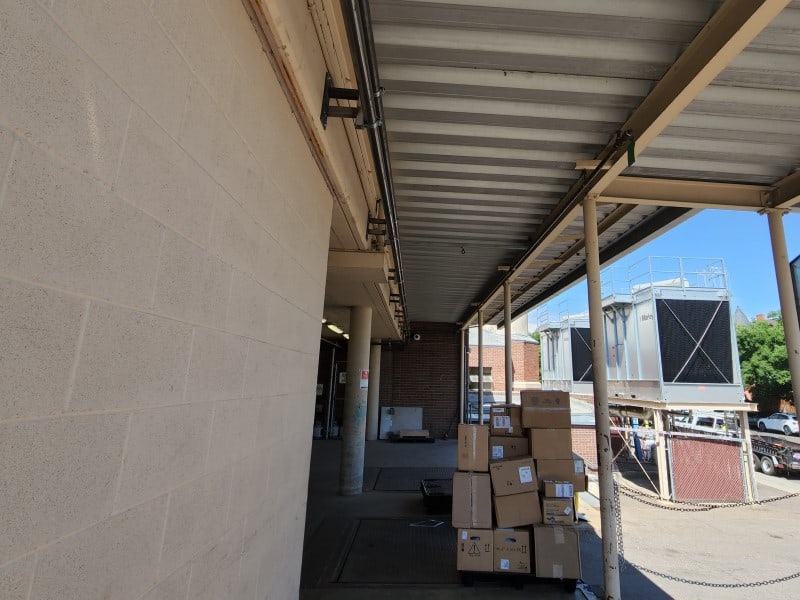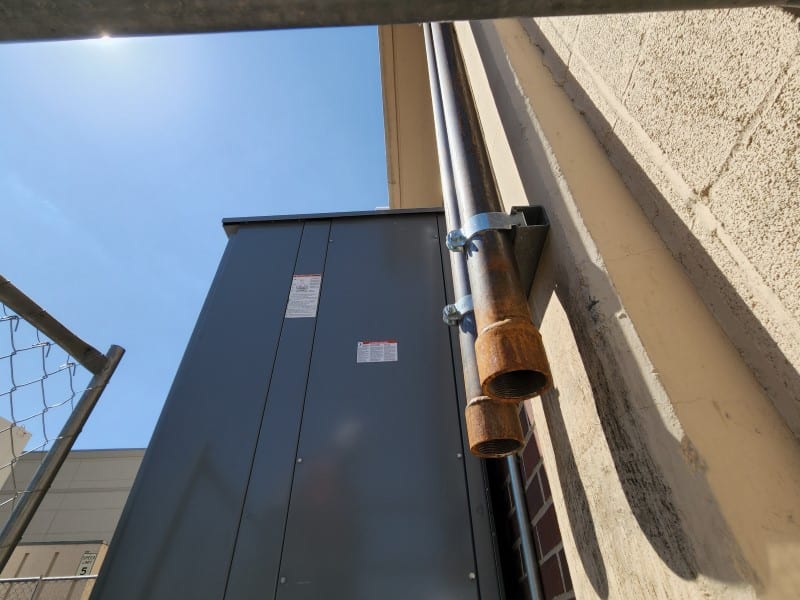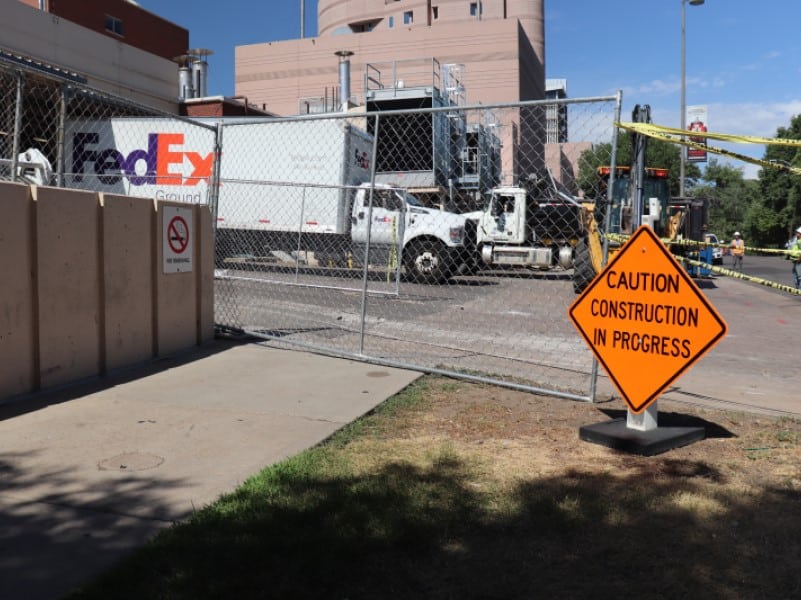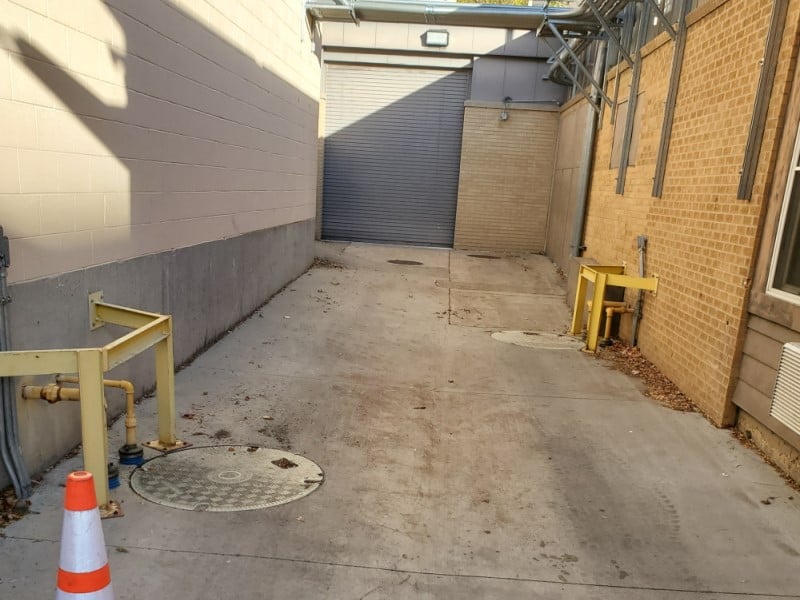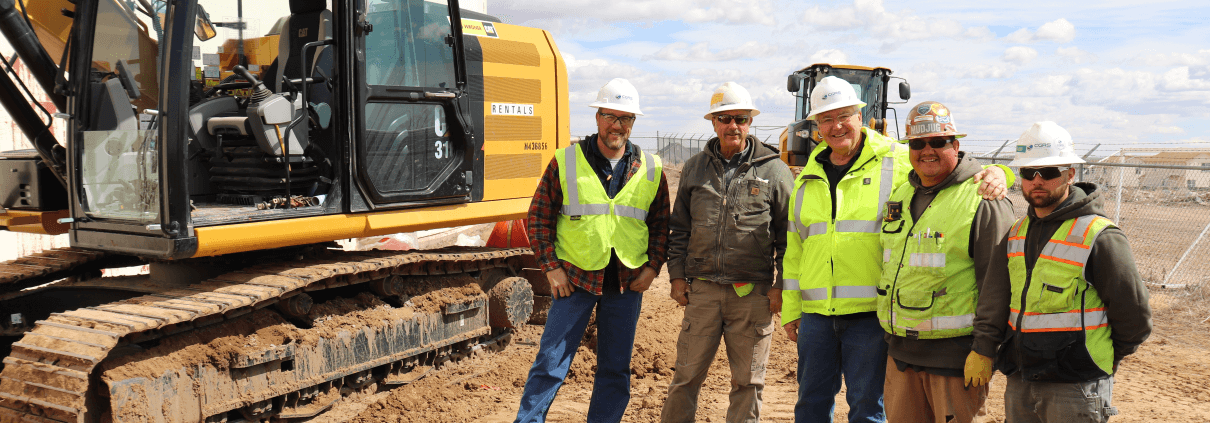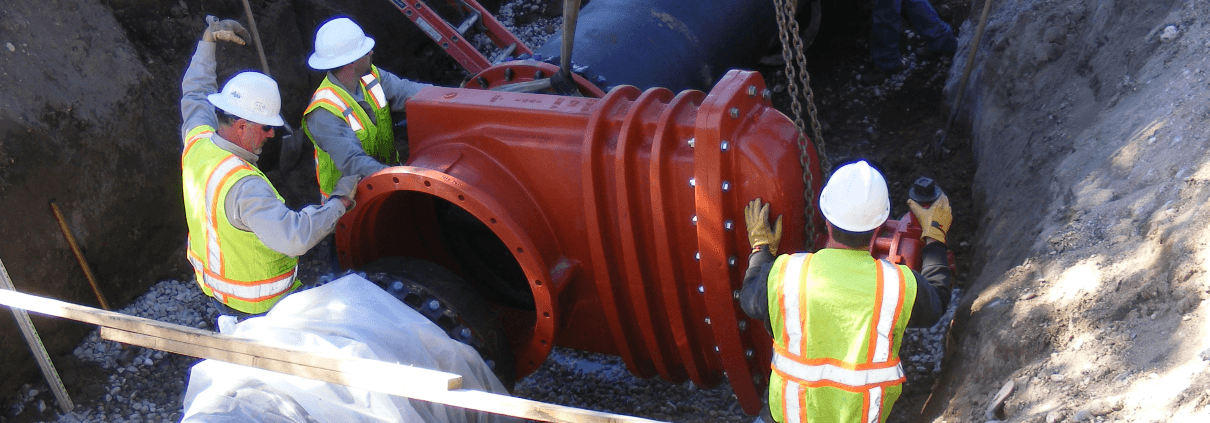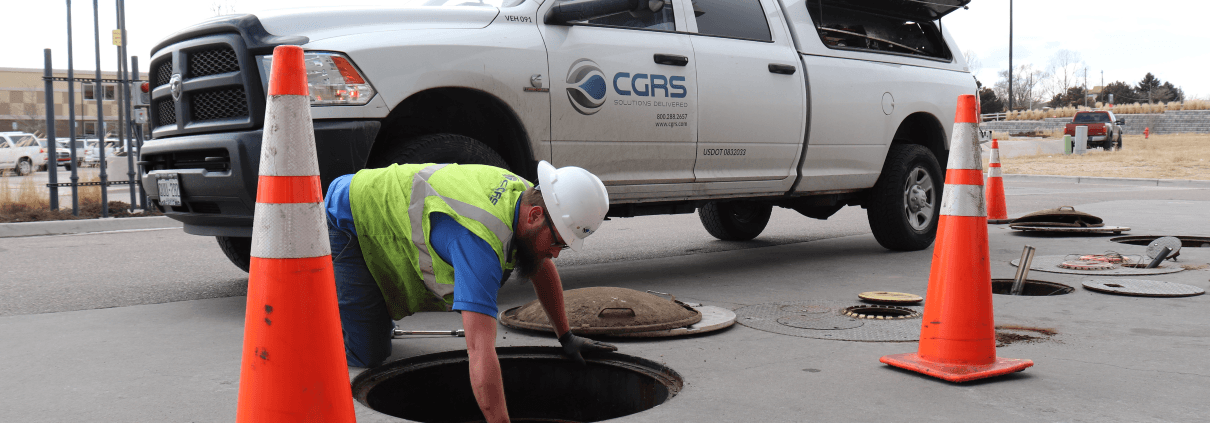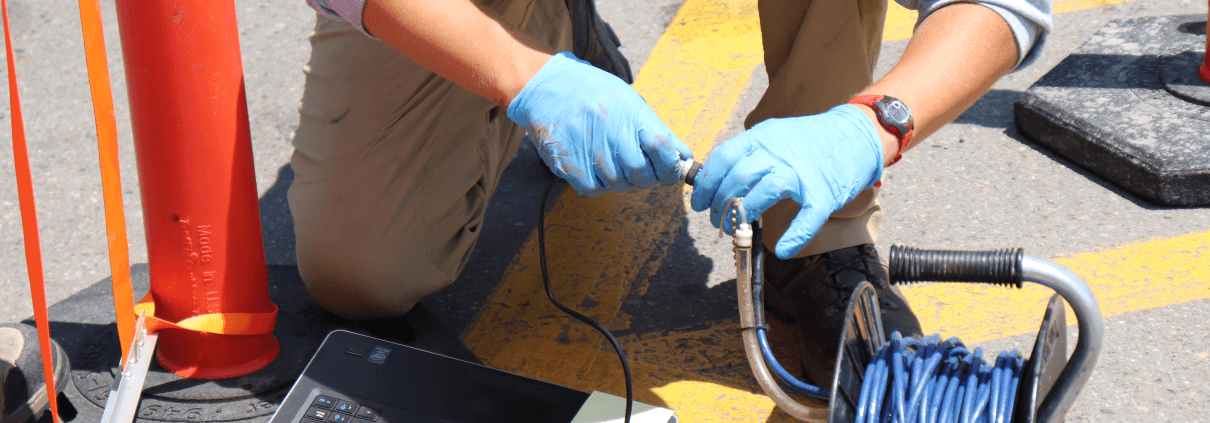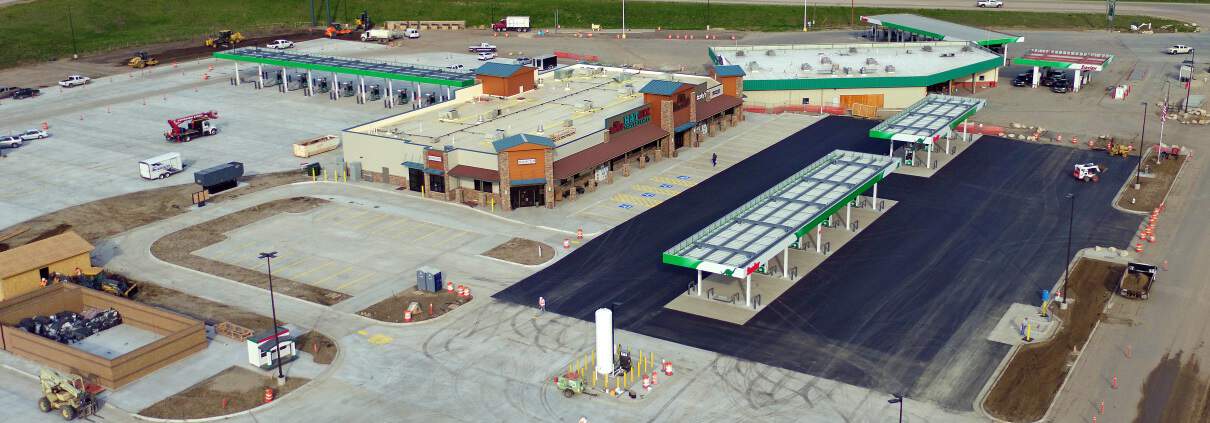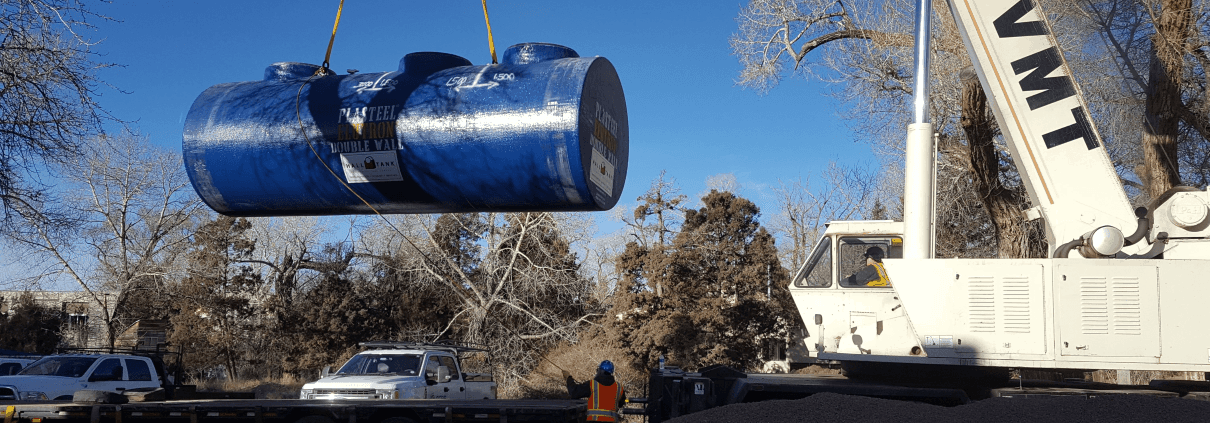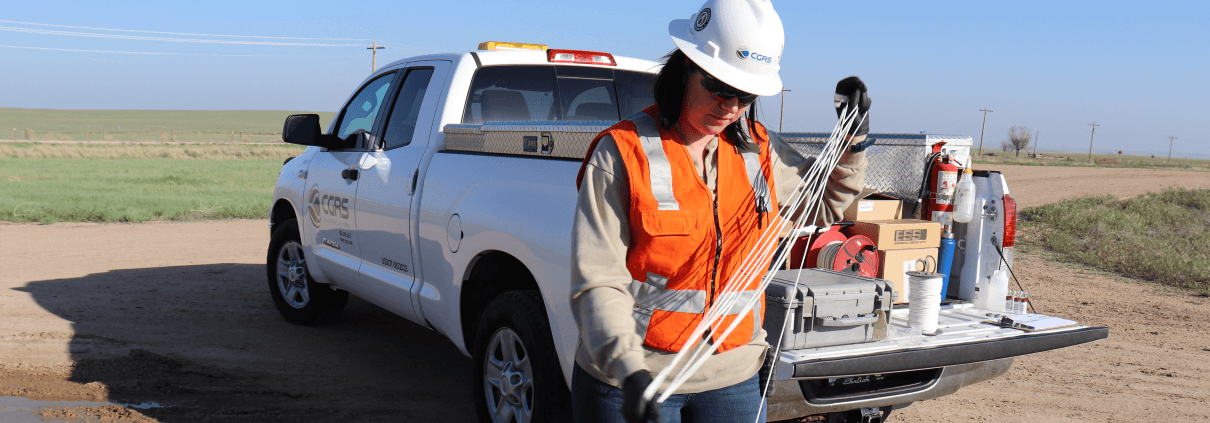Proceed with caution: emergency-generator tanks require extreme care when servicing
When critical facilities experience a power outage, it’s imperative that their emergency generators are fueled and functional no matter the duration of the blackout.
Without the tanks that store the fuel to generators, a blackout for hospitals, long-term healthcare facilities, colleges, credit card and data centers, hotels and other businesses can turn into a true emergency, which is why keeping the tanks in good working condition is critical.
It can also be a bit more challenging.
Planning for emergencies
Repairing, upgrading and/or replacing emergency-generator tanks and associated equipment requires a detailed plan based on the facility’s system, said Bob Purcell, CGRS Refined Fuels Repairs and Upgrades Project Manager.
“It’s site specific,” he said. “If it’s one system and we’re shutting it down, then we have to take into consideration how long it would take to get it up and running in the event of an emergency.”
Day tanks – which pull fuel from the main tank for individual generators – can provide hours of run time for a generator, based on size, but eventually they will need to call for fuel from the main tank.
Call a CGRS Expert:
800.288.2657

Bob Purcell
Project Manager
Mobile: 970.219,0099
Backup-plan choices
That’s why it’s important to always have an alternate plan to ensure fuel supply is not interrupted to the emergency-generator system, he said. The solutions could include:
- Shutting down one tank at a time for repairs if a site has multiple tanks and generators so at least one generator always has fuel (Note: Verify that the one generator can cover all critical services)
- Ensuring the system is operational at the end of each day during the project, which may include installing temporary feed and return lines before leaving site
- Bringing in a temporary tank, though that presents several challenges, including the need to calculate total fuel consumption per hour of all generators the main tank supplies fuel to during off hours; finding a safe location for it so it’s accessible and fuel feed/return lines can be tied into it; protecting the tank and temporary fuel lines with safety bollards; and possibly providing power to the temporary tank
- Parking a fuel transport truck on-site and having hoses ready to hook up to it if needed, though this is often a last resort as it’s considerably more costly
Proceeding with caution
An emergency-generator tank located in small, often high-trafficked areas – as they often are in a city – presents its own set of challenges.
CGRS is replacing the piping and other equipment for a UST at a hospital in downtown Denver in which the tank is located next to a loading dock that must remain available for deliveries nonstop throughout the day. The team had to demolish the concrete 15 feet at a time and had a limited area in which to load it and dump it into a truck. Situations like this are common with emergency-generator tanks and require a considerable amount of time to plan/prep, Purcell said.
Excavation of tank top and especially trenching should be done with the utmost care, he noted. Because these tanks can often be in alleys and near high-pressure gas lines, high-voltage electrical lines, sewer lines, various private utilities, and most importantly critical service lines, calling 811 to find out where the public utilities are located is not enough. CGRS hires a private utility-locating company to come in and identify all other lines.
Working in confined spaces
Many emergency-generator tanks are in vaults below buildings, such as high rises in downtown Denver, requiring their own detailed plans of action and confined-spaced entry to perform the work, Purcell said. It’s imperative only qualified technicians with confined-space entry training perform inspections, tests and repairs on these tanks so that the work is not only done correctly but also safely, and the facility experiences minimal disruptions.

